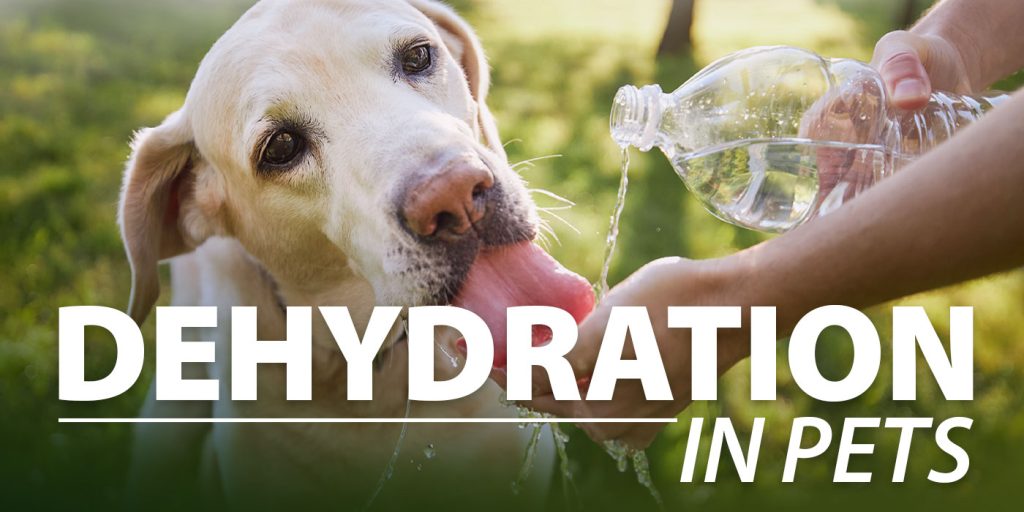Dehydration in Pets: Don't Miss These Common Warning Signs
When it’s hot outside, you know you need more fluids. No one wants to get dehydrated, and doctors warn us about it frequently this time of year. Everyone relies heavily on clean water, and your pets are no exception. Water is essential for almost every crucial function in your furry friend’s body. In this article, we’ll show you the common warning signs of dehydration in pets so you can keep your pet happy and healthy this summer.

1. Loss of Appetite
Does your dog or cat typically have a healthy appetite and can’t wait for mealtimes? One common sign of dehydration is a loss of appetite. When you notice your pet doesn’t want food, it could be a sign of dehydration. Check the water bowl and make sure there is plenty of clean, fresh water available. Some pet parents find using an automatic waterer is an easy way to do this.
2. Excessive Panting
Animals will pant to cool themselves down when they’re hot. If you notice your pet is panting more than usual, it may be a sign of dehydration. It can also mean your dog is in distress or feeling anxious. If giving your pet water doesn’t help, make an appointment with your vet to get the issue checked.
3. Lack of Energy
When your pet becomes dehydrated, you may notice a lack of energy. Your active, energetic friend may suddenly become weak and want to lie around. Animals will quickly lose interest in running and playing when they don’t have adequate water. They’ll try to conserve energy to keep the problem from getting worse. If you’re on the go, use a travel water bowl to ensure your pet always has access to fresh water.
4. Loss of Skin Elasticity
In a dog or feline that is well-hydrated, the skin should be elastic. That means if you gently pull some of the loose skin at the back of the neck or shoulder blades and release it, the skin should spring back to its original form. When an animal is dehydrated, the skin will not quickly return to place but may have the appearance of being tented in the area checked.
5. Dry, Sticky Gums
One test you can try to see if your pet is dehydrated is to check the gums. Both cats and dogs will have tacky or dry gums when dehydrated. In a healthy pet, the gums should be moist and have a pink color and glisten. If you see dullness, it could mean dehydration.
Treating Dehydration in Pets
If your pet is showing signs of dehydration, the key is to act immediately. Contact your vet to see what is advised. It may be that a mild case only calls for small amounts of water every few minutes. In some instances, your dog may need replacement fluids to restore essential electrolytes. Your trusted veterinarian will assist you with the best treatment protocol to help your pet feel better soon. Prevention is always best, so be sure you provide your pets with fresh water that is easily accessible throughout the day.
